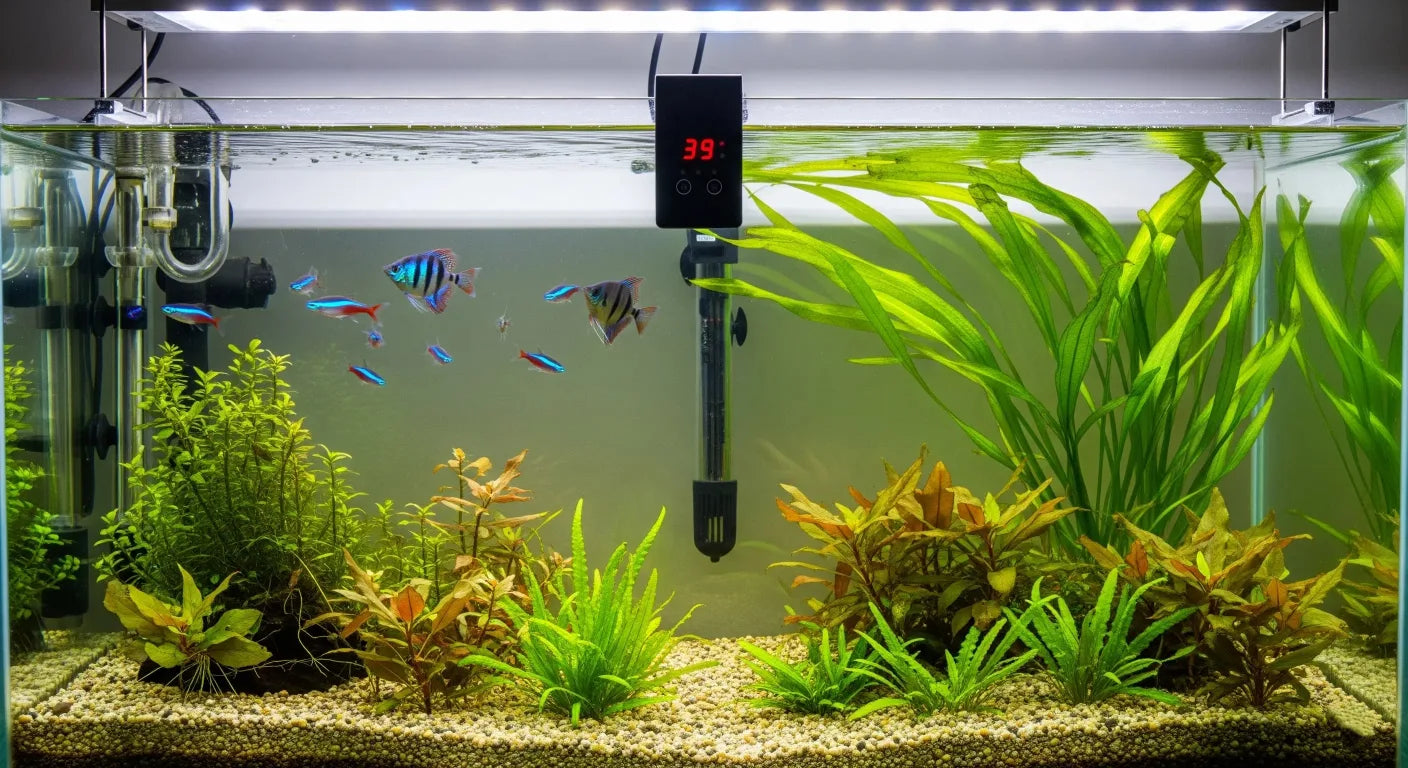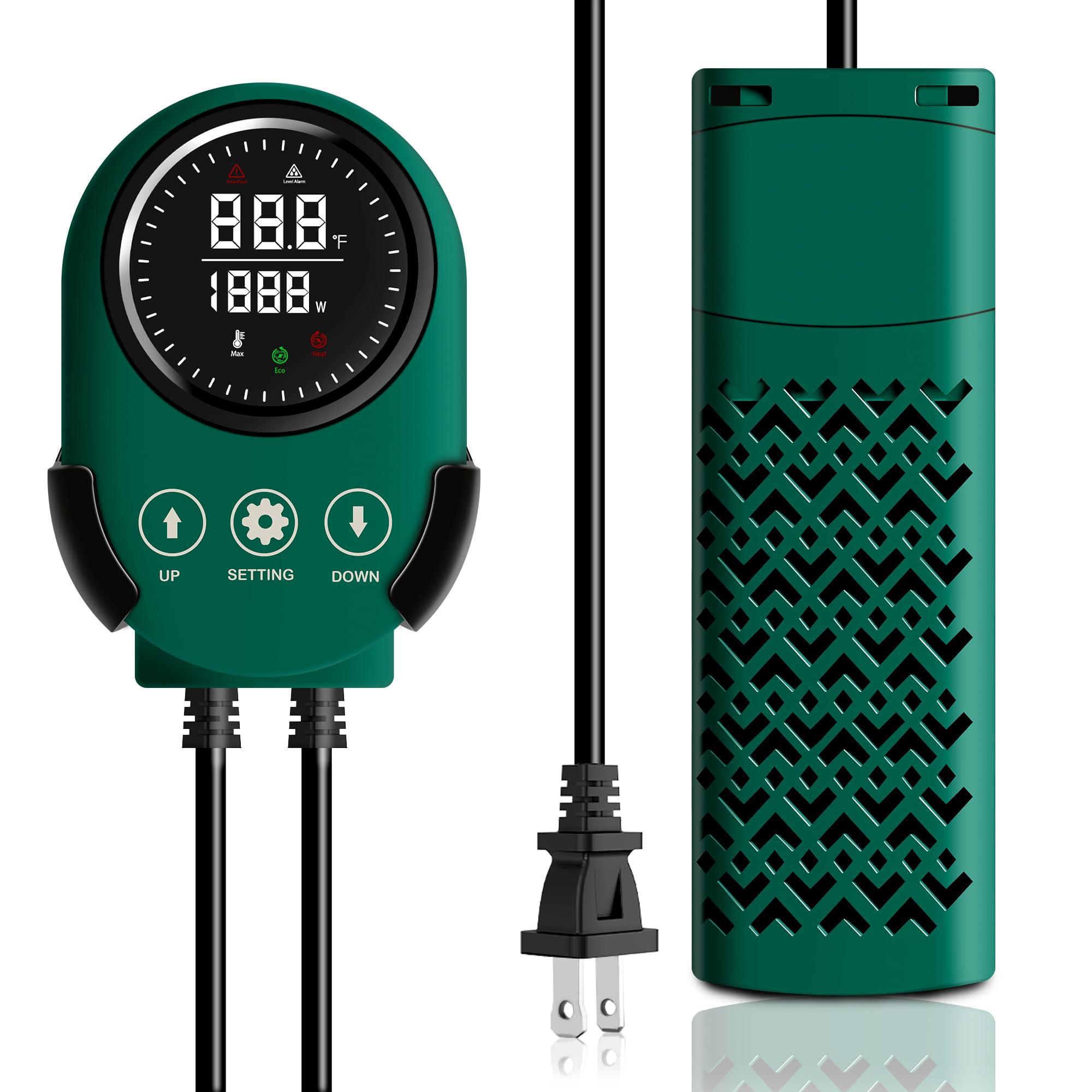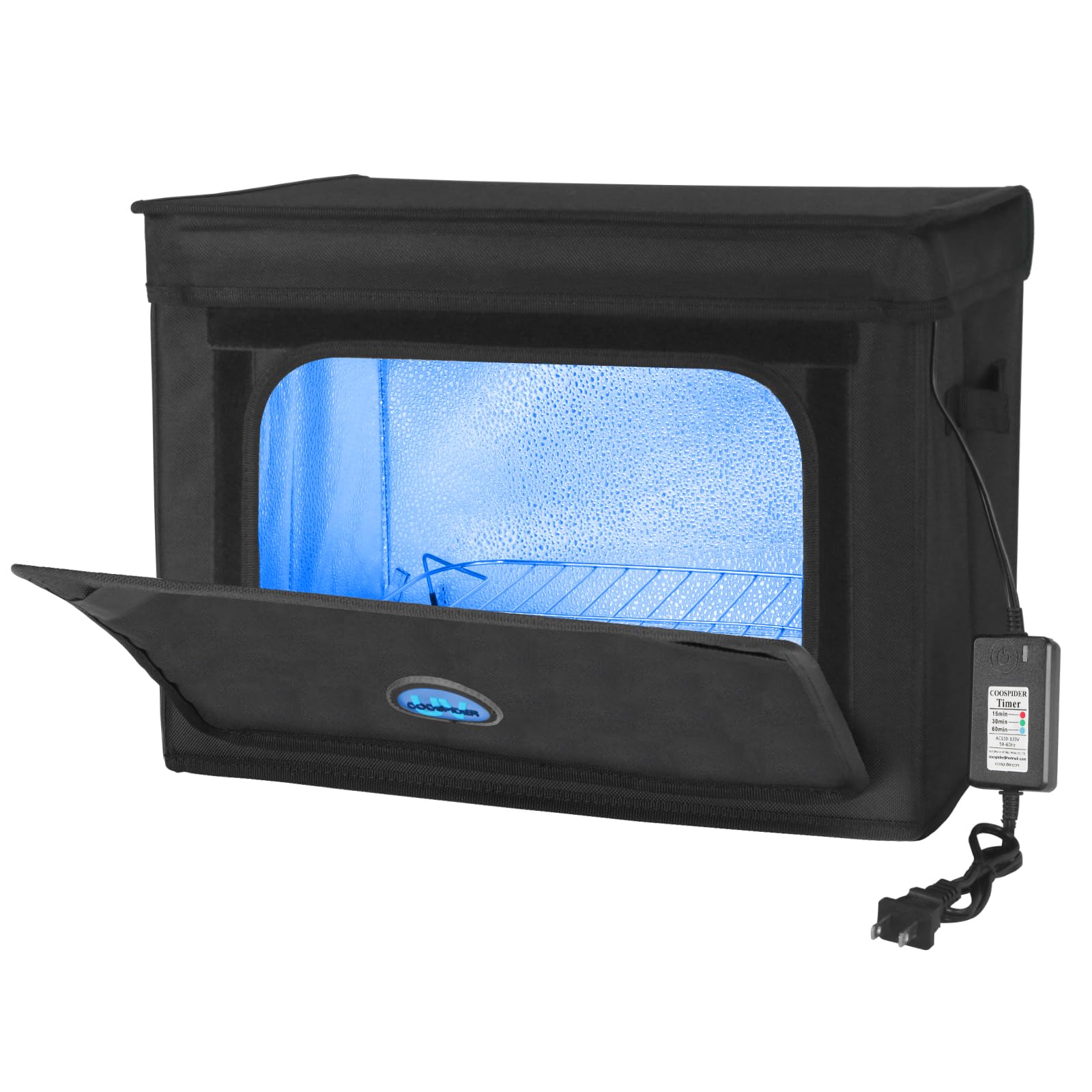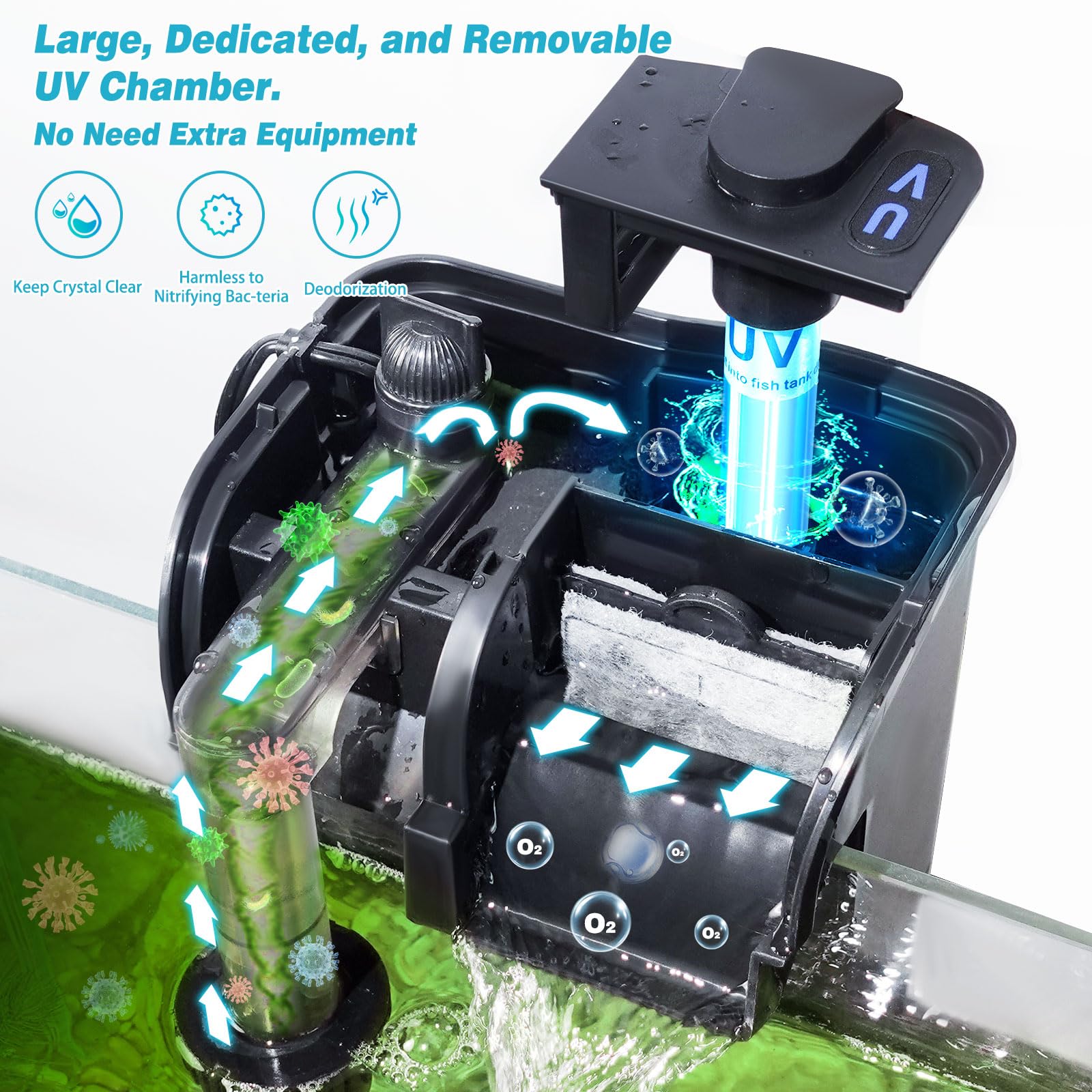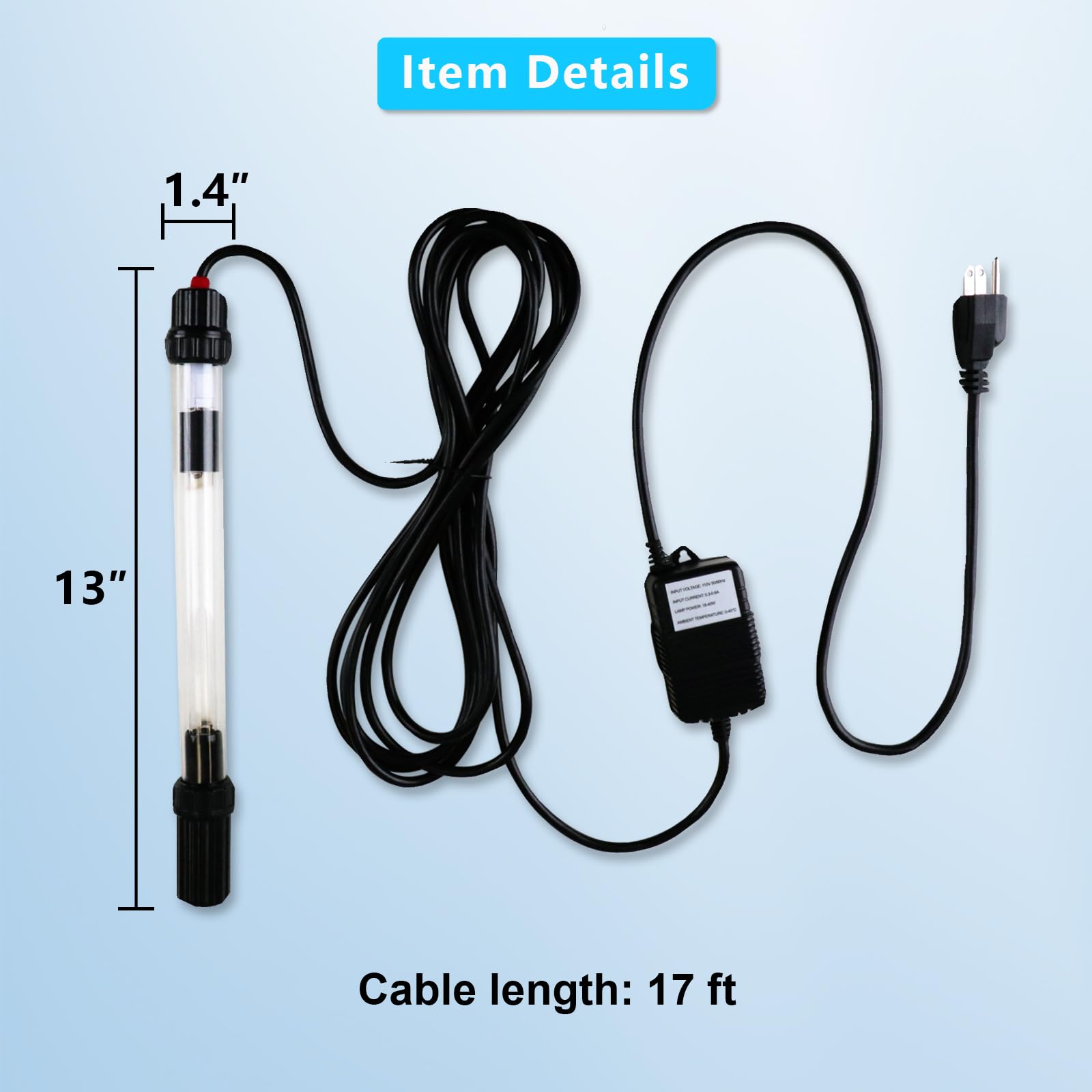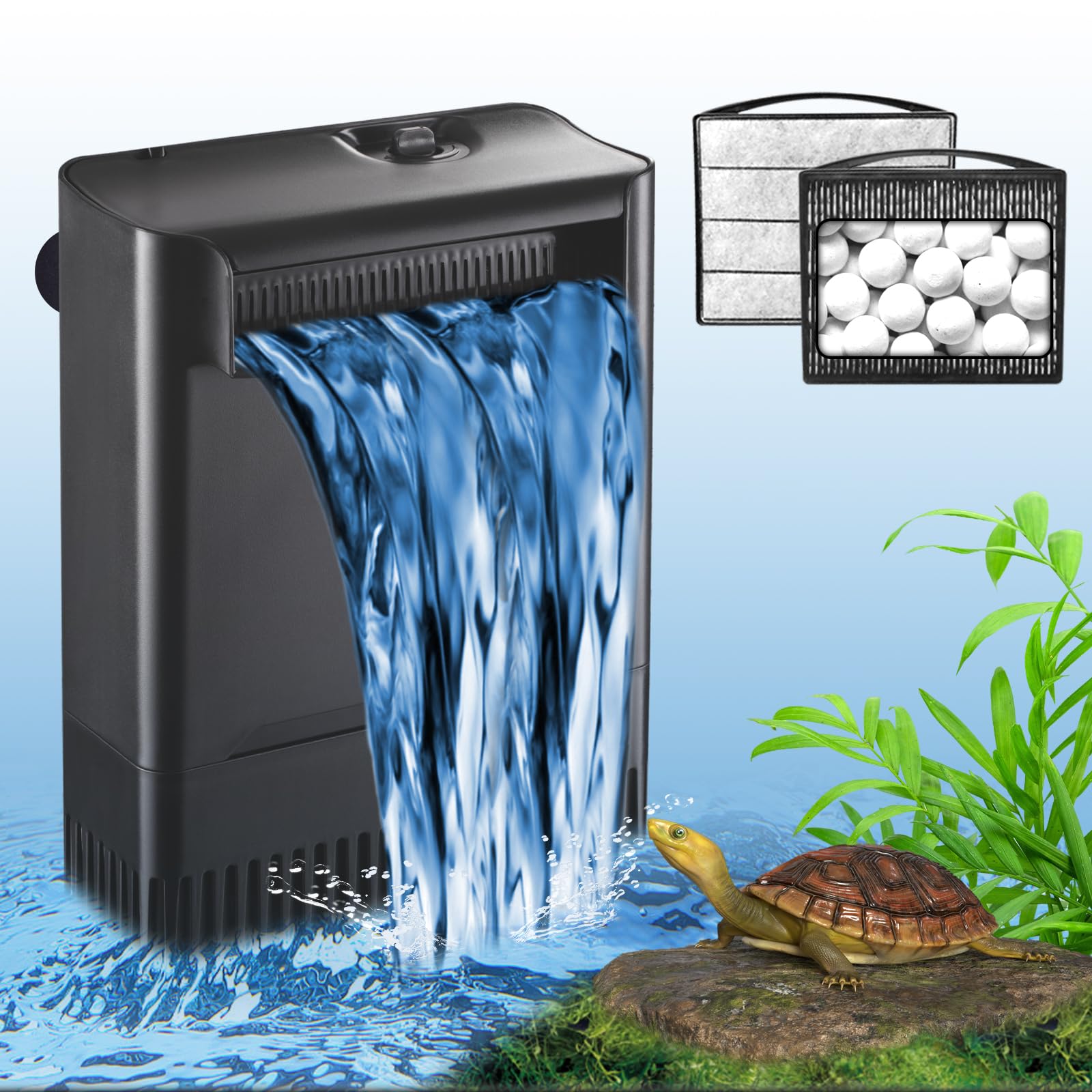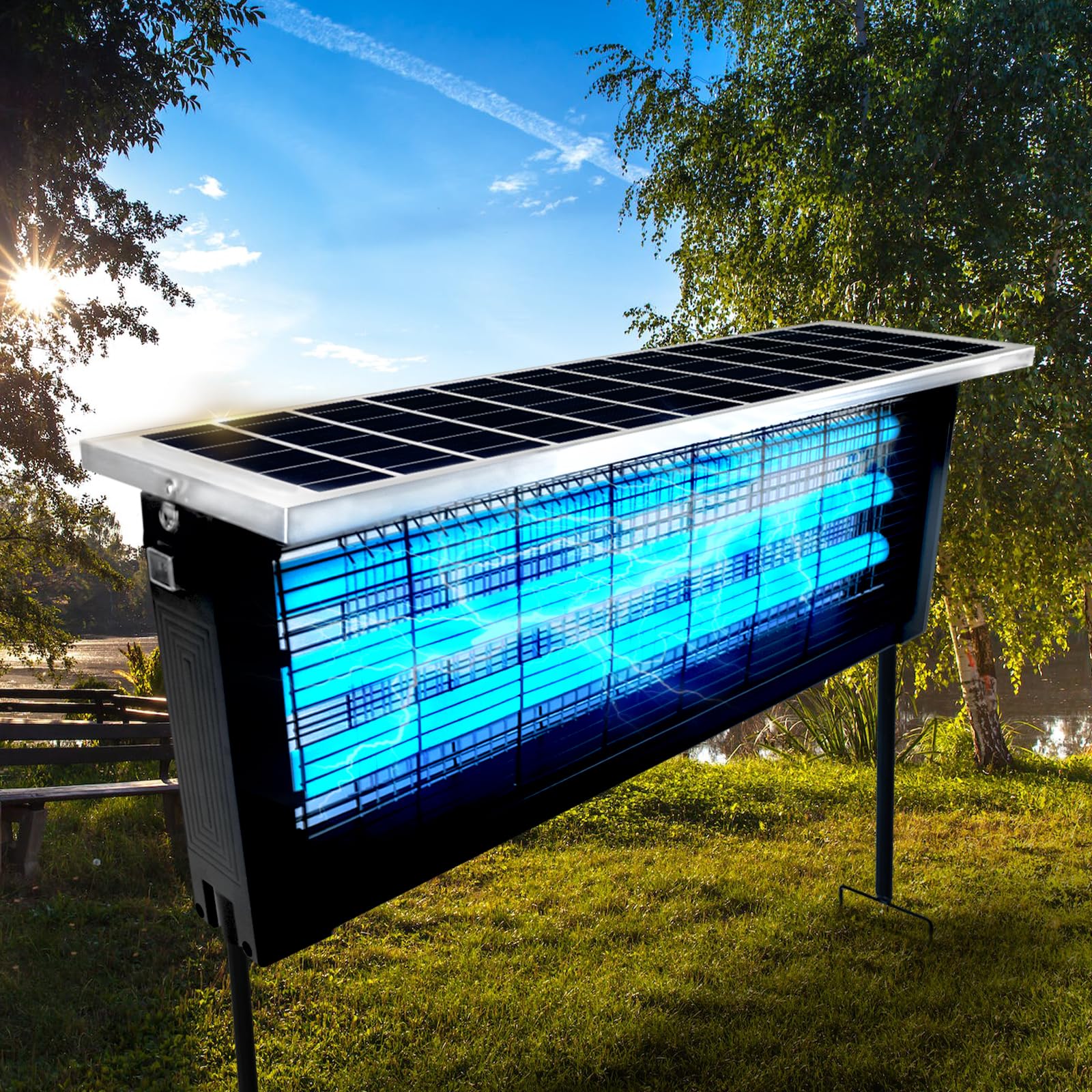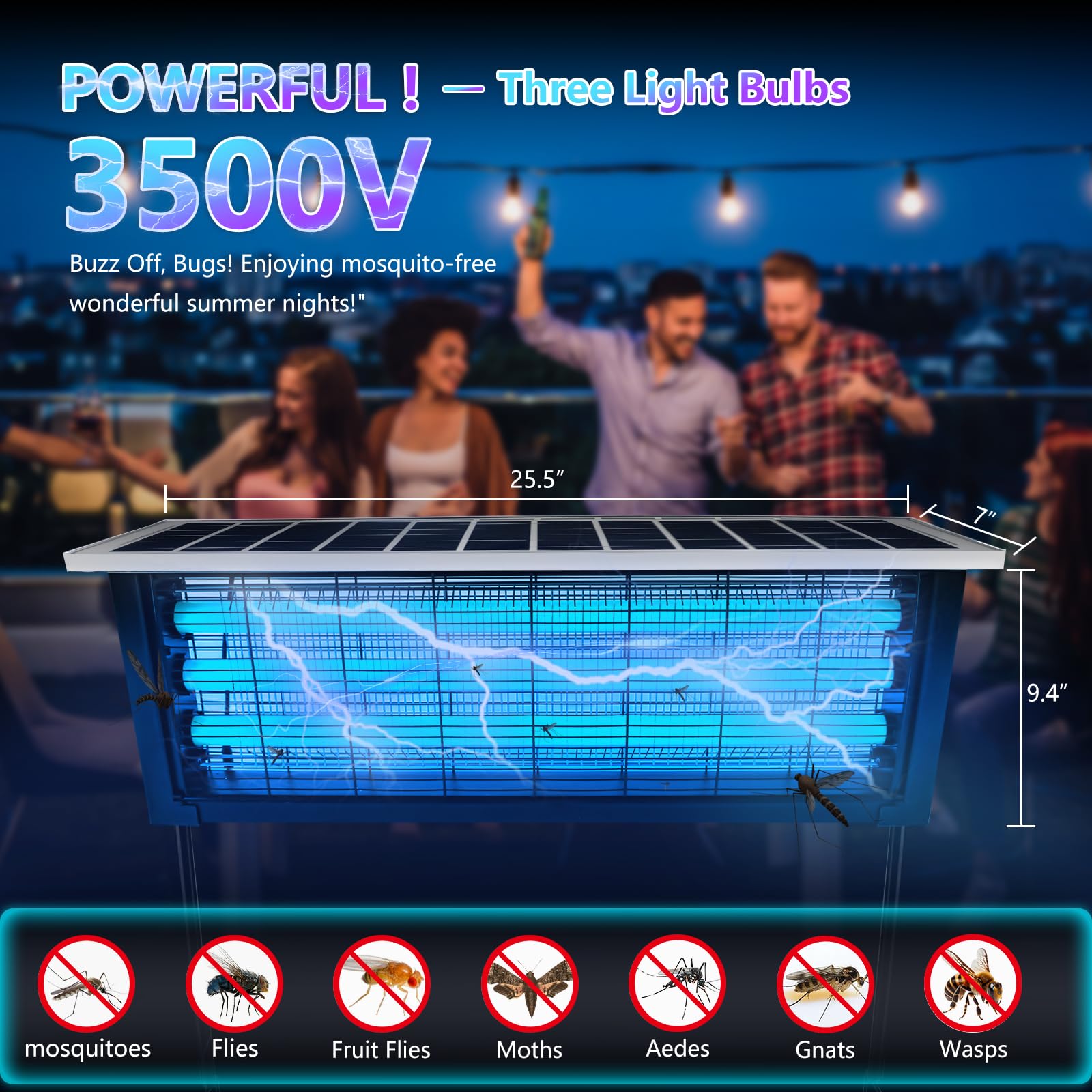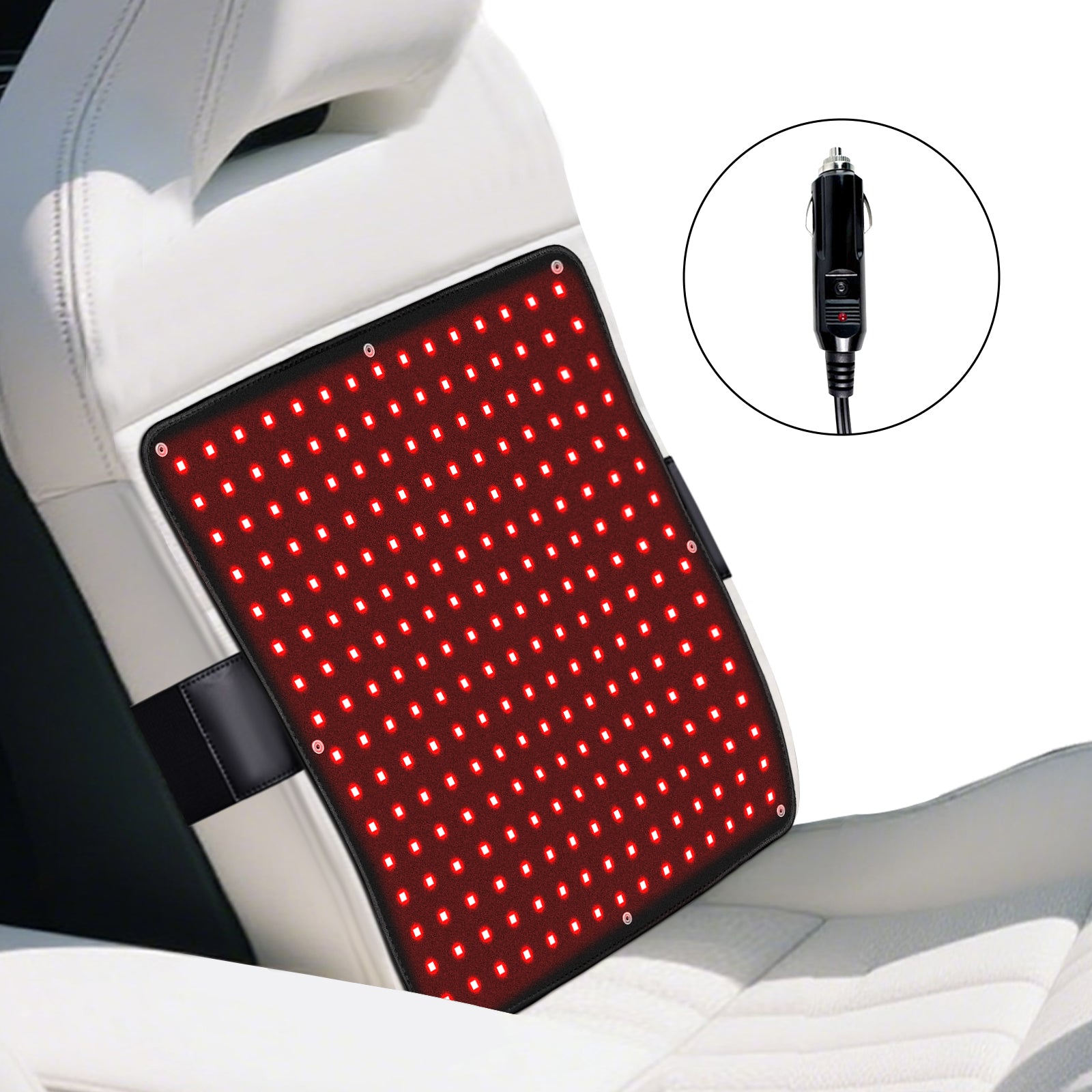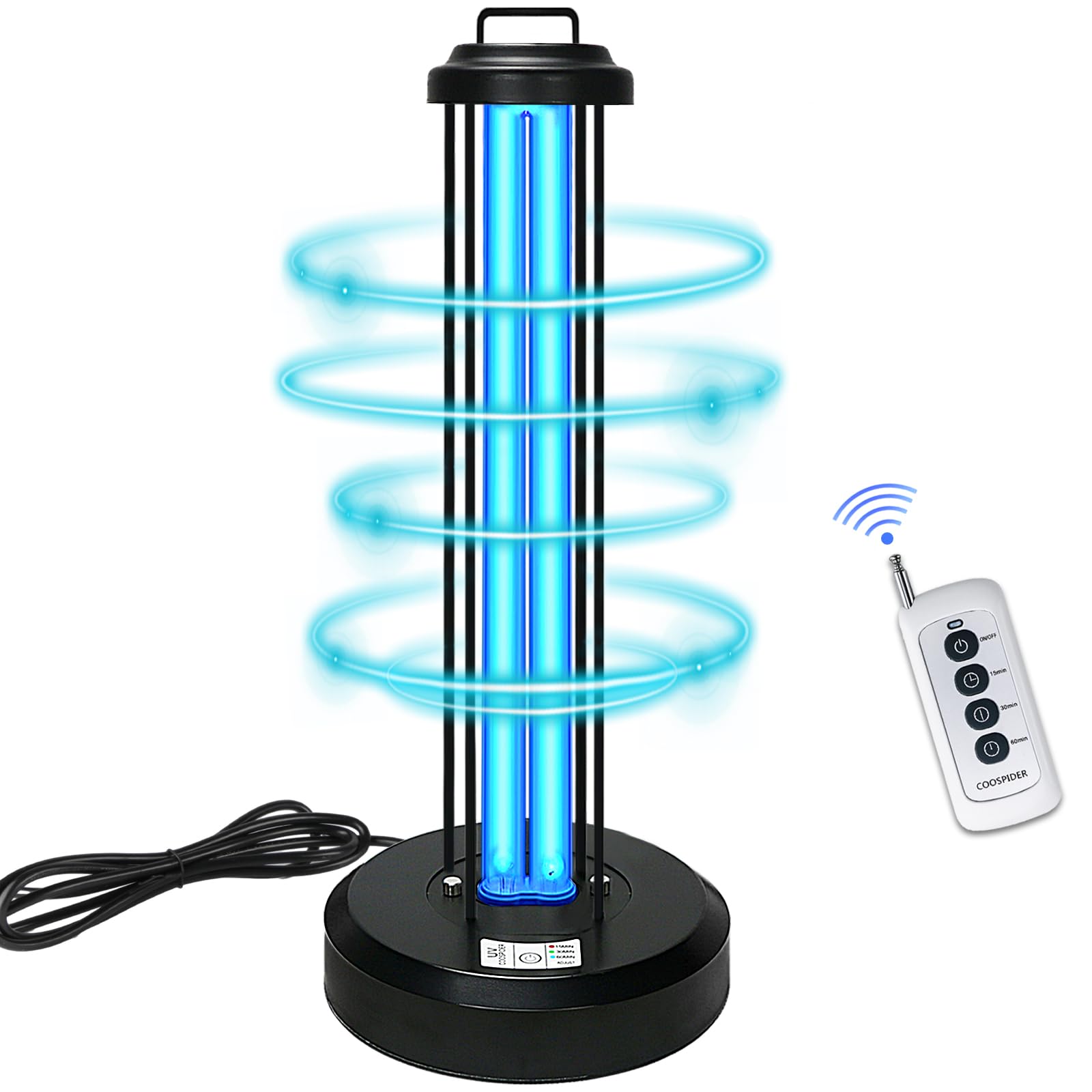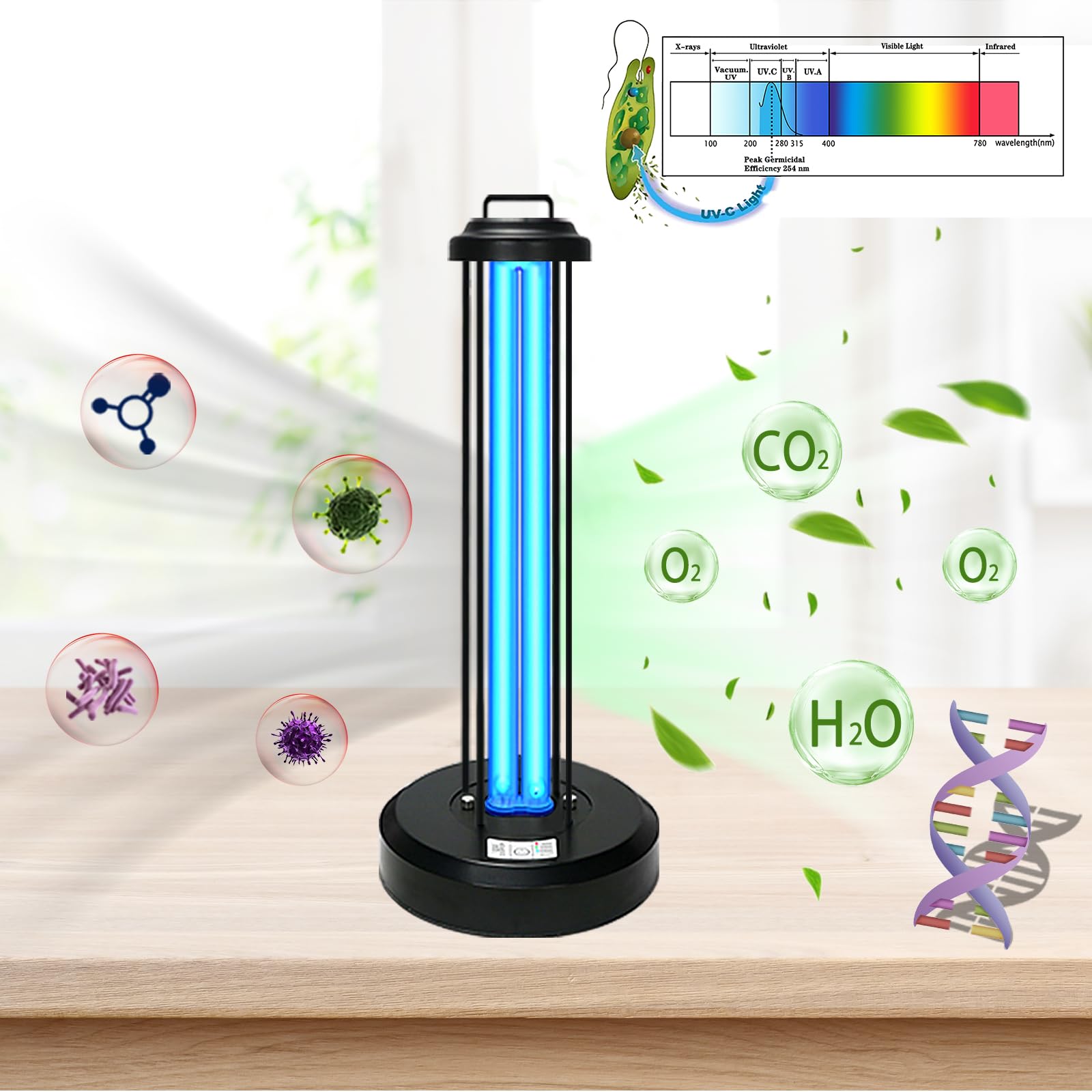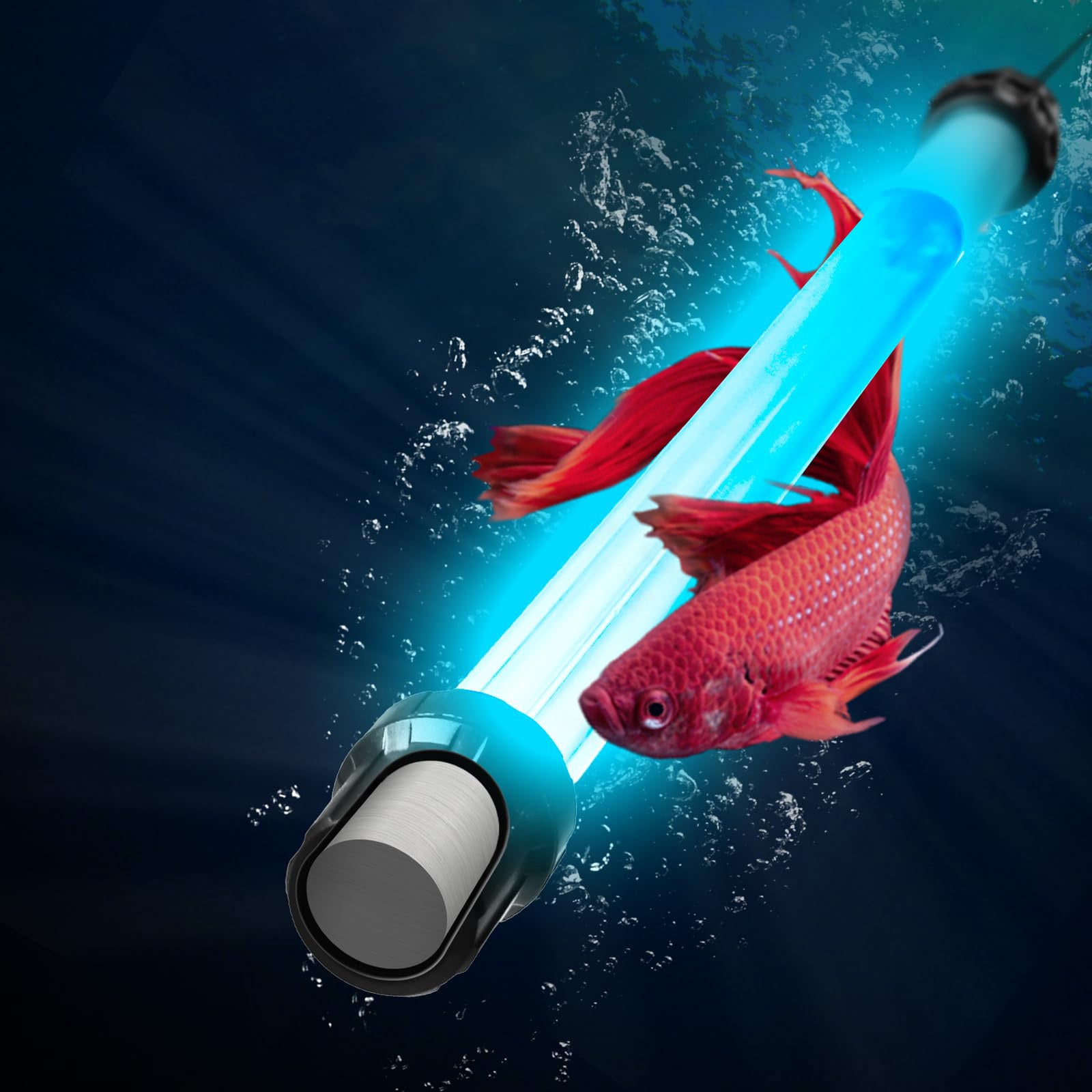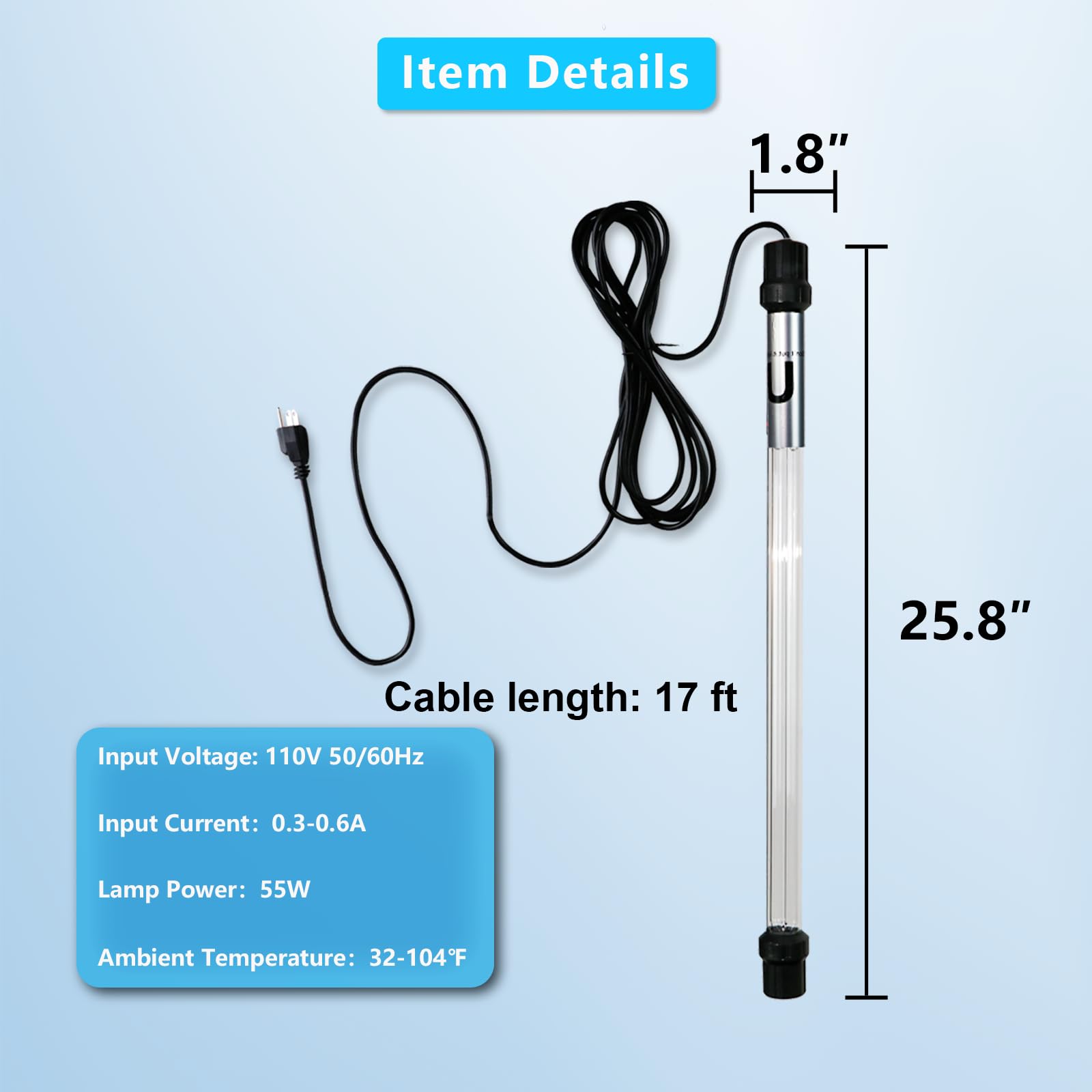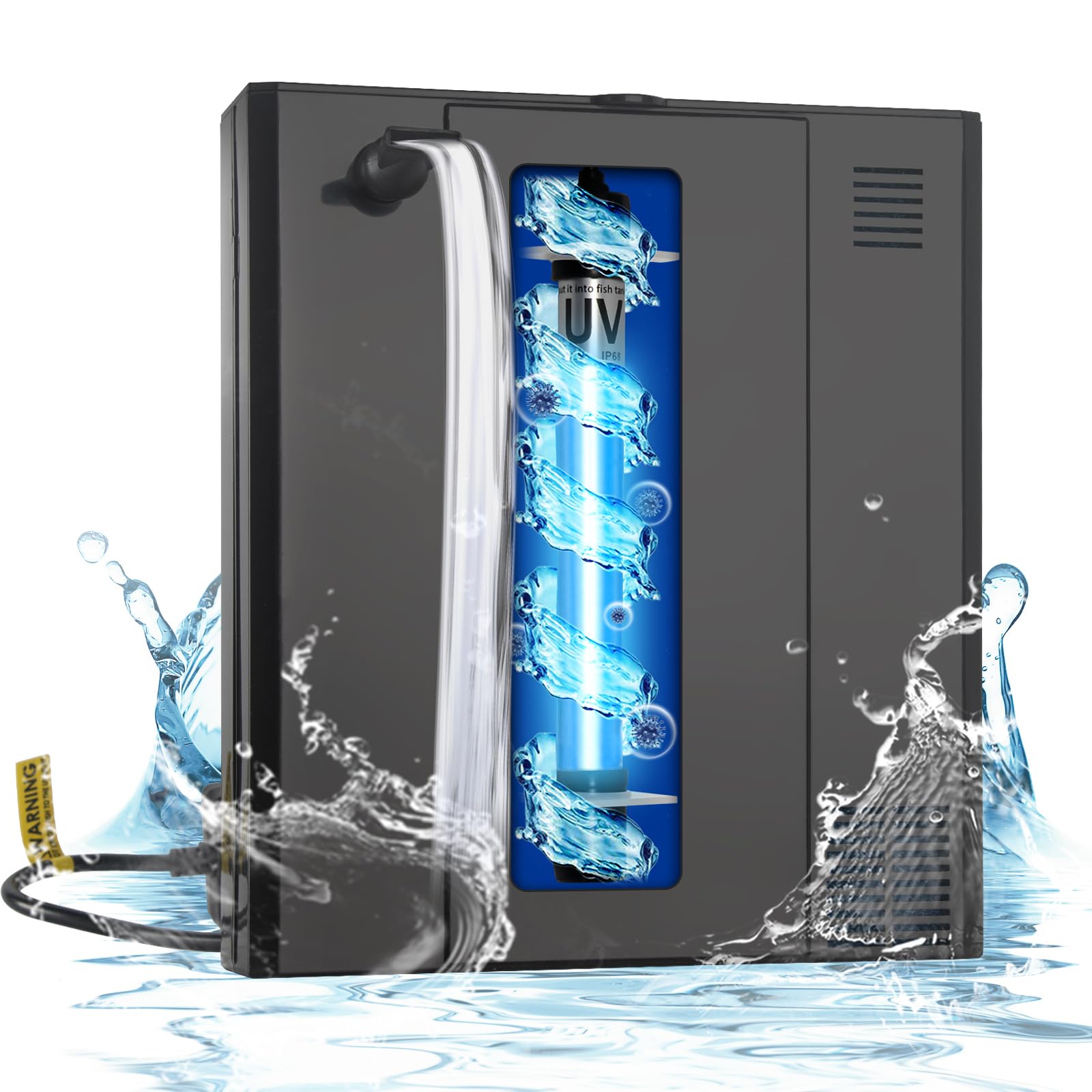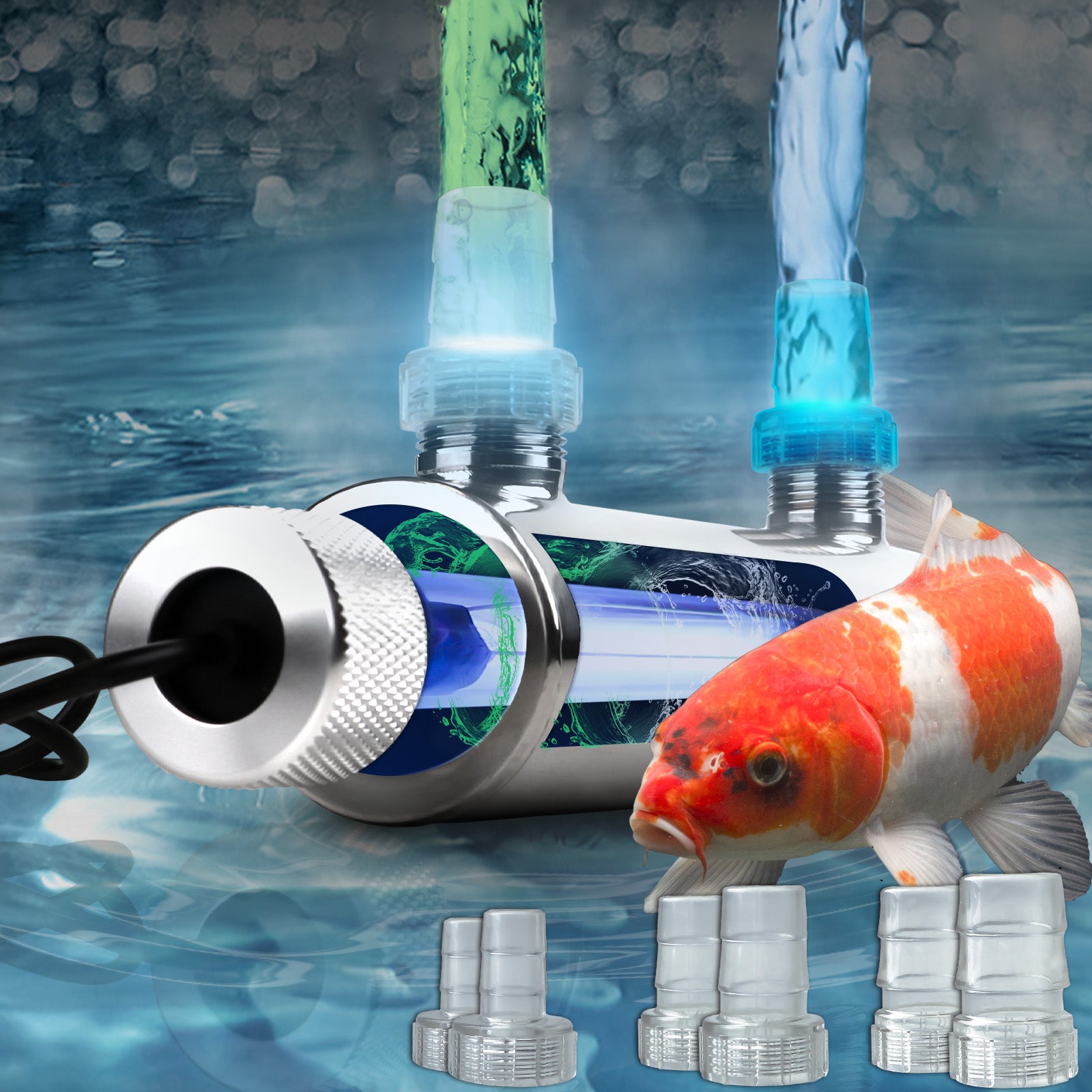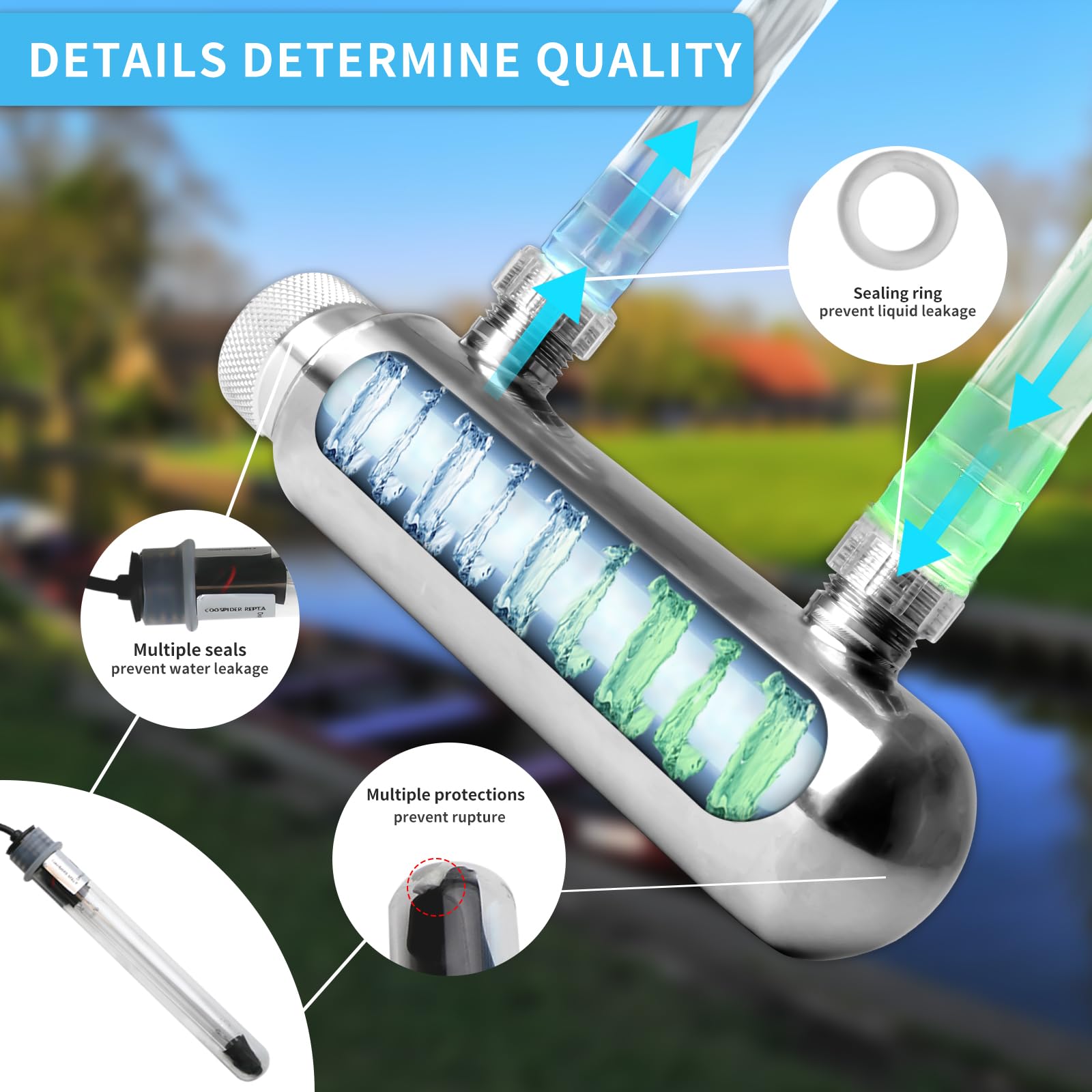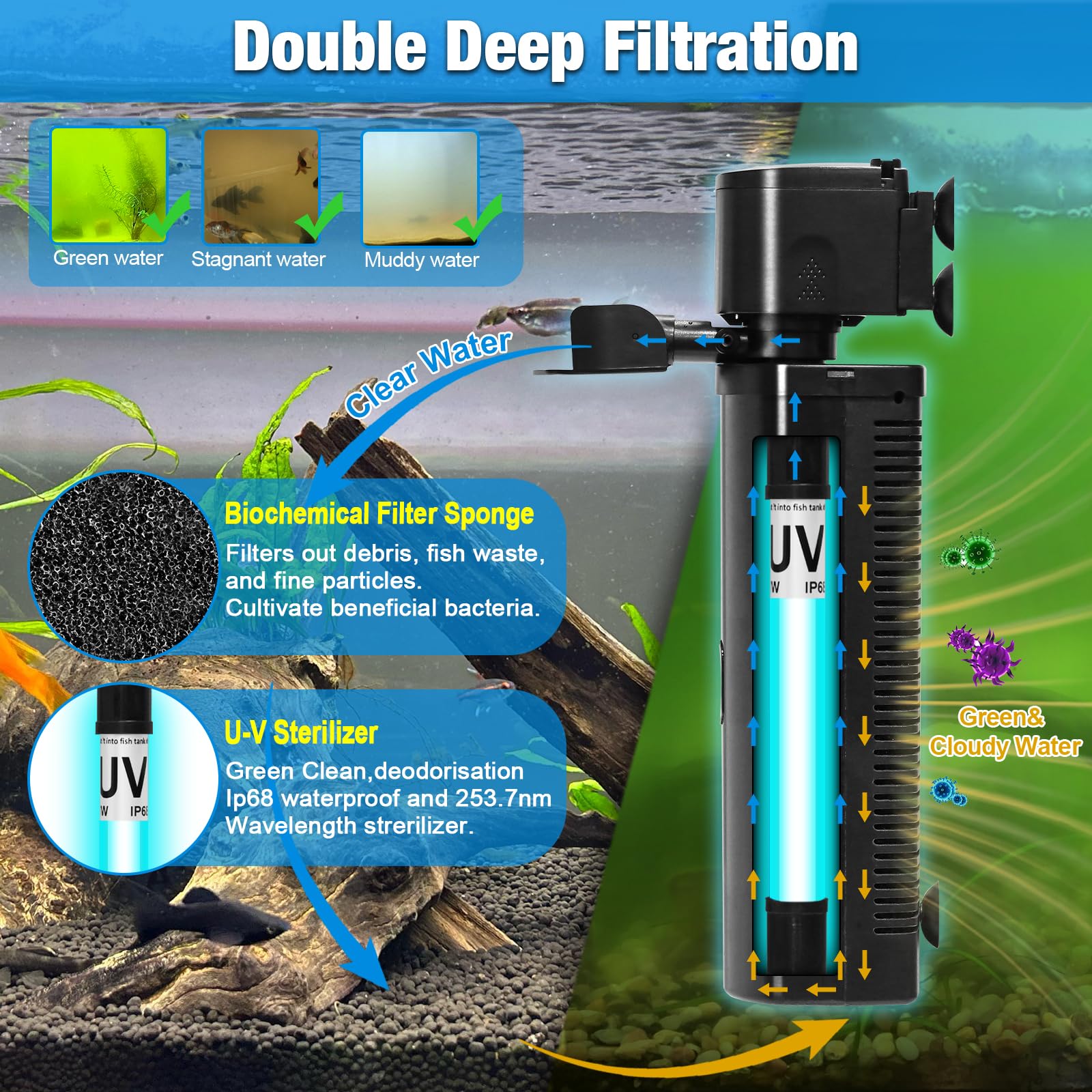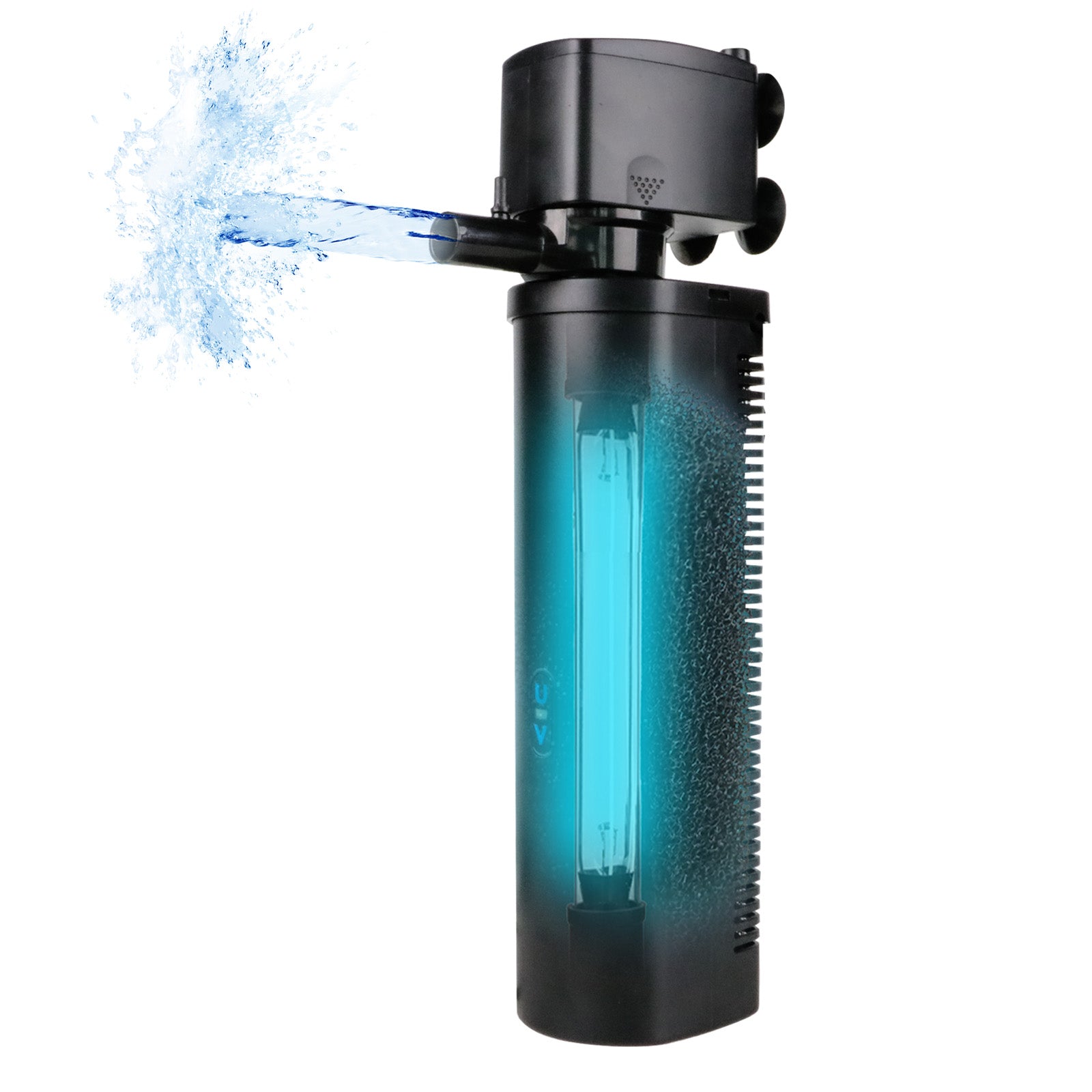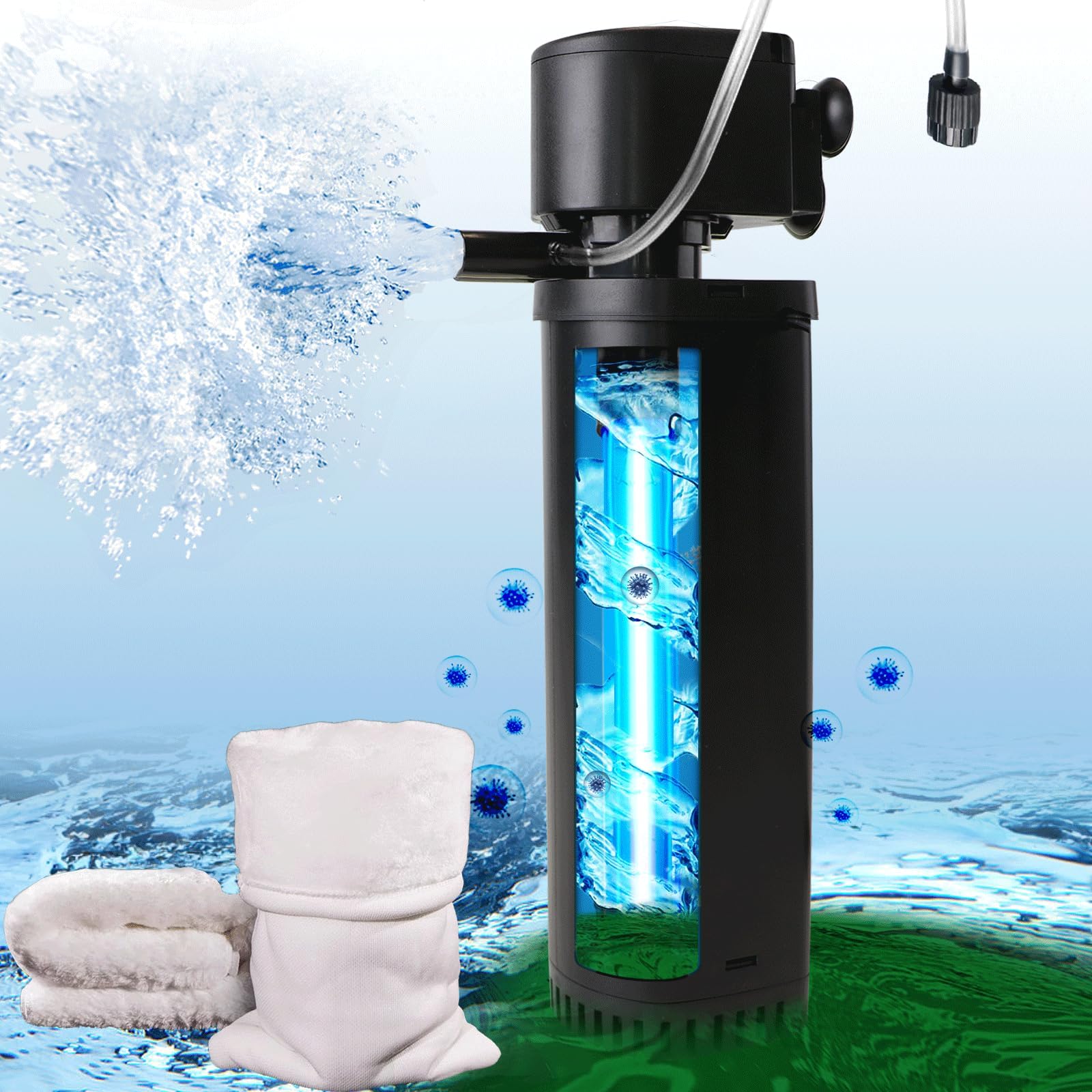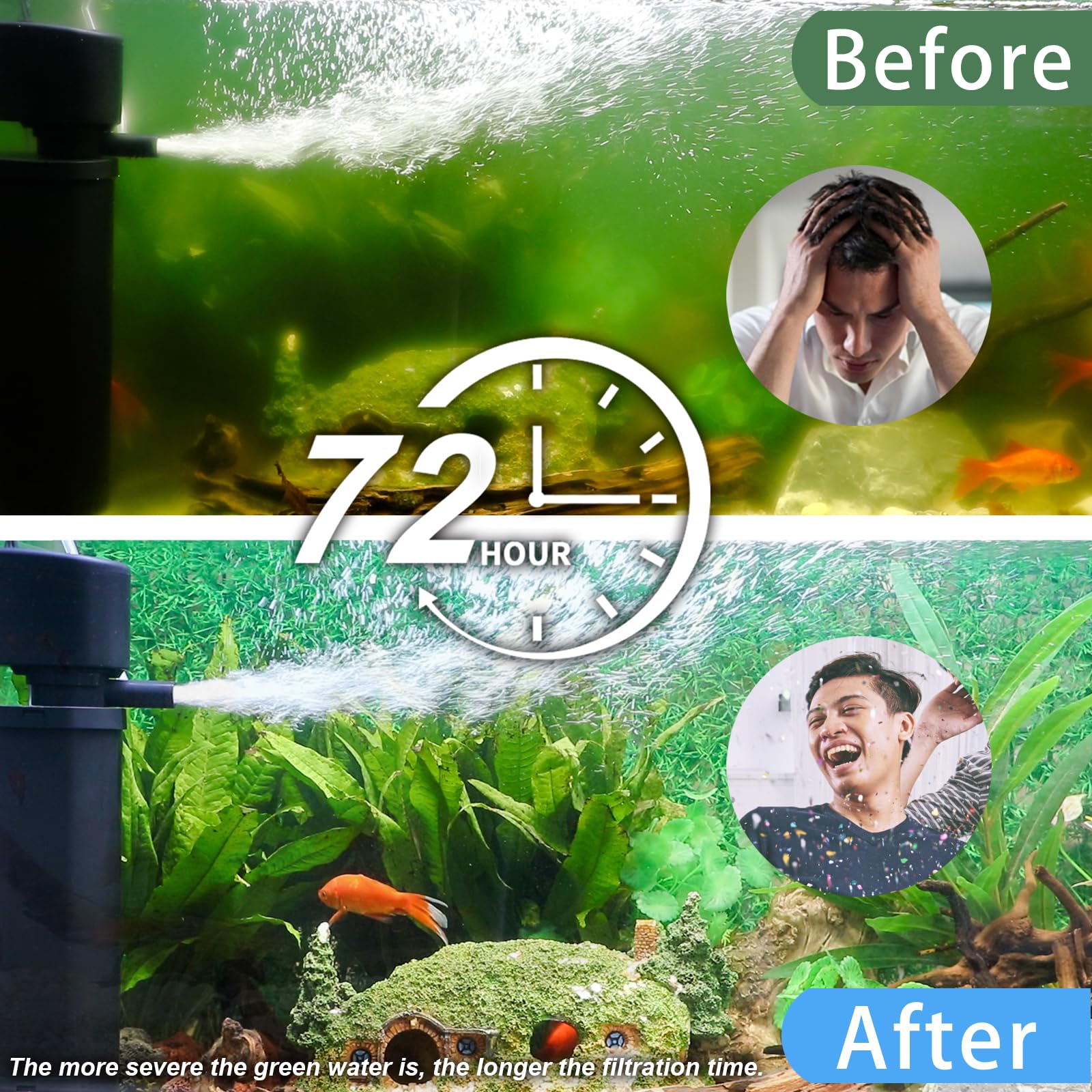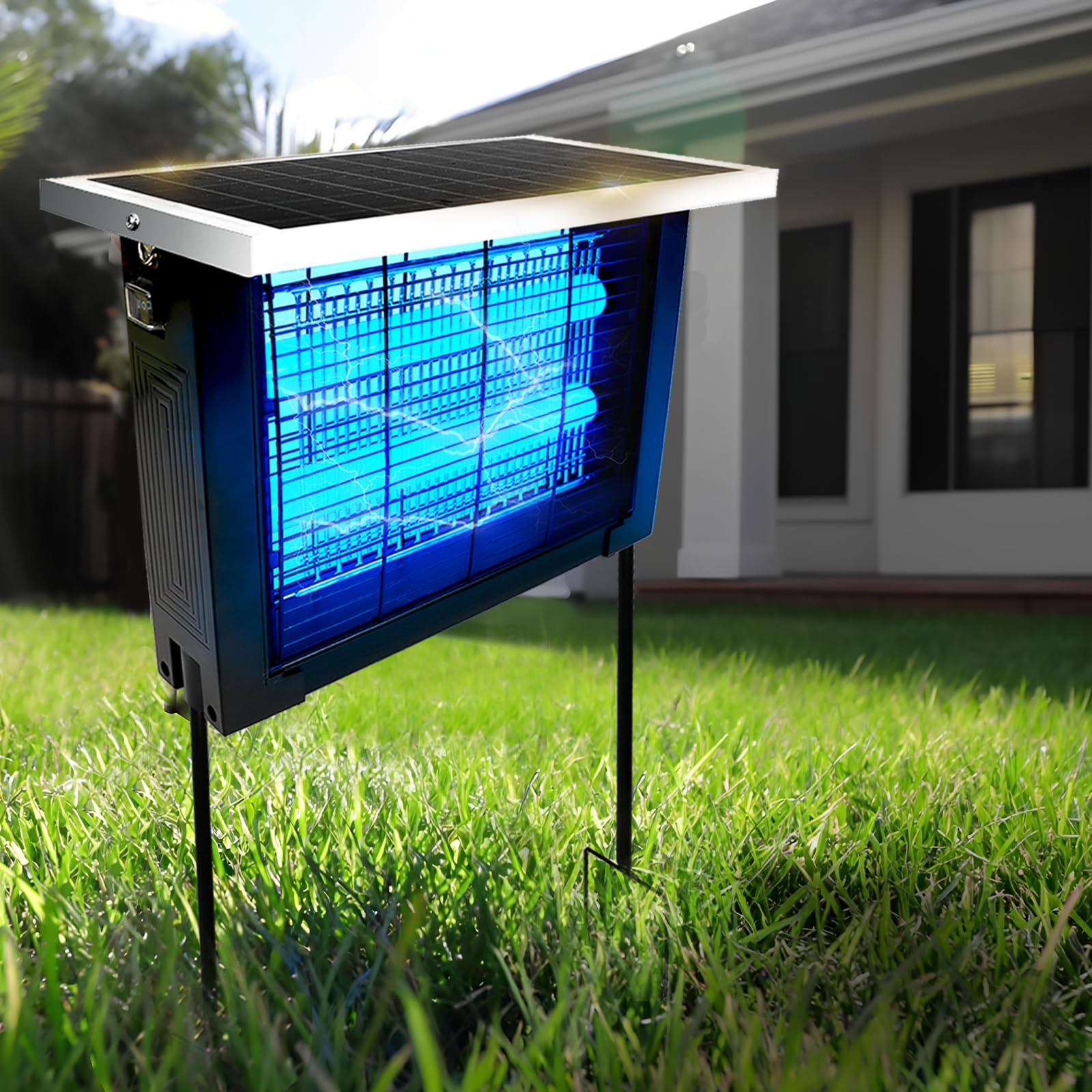For many beginner fishkeepers, one of the first challenges they encounter is maintaining a stable, healthy temperature inside their aquarium. Temperature fluctuations—even small ones—can stress fish, weaken their immune systems, disrupt their behavior, and in severe cases, lead to illness or death. The solution? A properly chosen and correctly used aquarium heater.
Aquarium heaters look simple from the outside, but they play a critical role in creating the warm, stable environment that fish depend on. Using one incorrectly is one of the most common beginner mistakes. Using one correctly is one of the fastest ways to improve stability, reduce stress, and instantly boost the overall health of your fish.
This comprehensive, beginner-friendly guide will walk you through everything you need to know to achieve perfect, reliable temperature control in your aquarium. You’ll learn how heaters work, how to choose the right one, how to install it properly, how to set the correct temperature, and how to avoid common pitfalls that lead to instability and equipment failure.
Let’s get started.
1. Why Temperature Stability Matters for Fish
Temperature controls almost everything in a fish’s world:
-
Their metabolism
-
Their immune system
-
Their appetite
-
Their growth rate
-
Their stress levels
-
Their ability to fight disease
Most tropical fish come from warm, stable environments like the Amazon, Southeast Asia, or African lakes. These waters do not fluctuate wildly throughout the day—they stay steady within a narrow range. Because of this, aquarium fish are not good at handling sudden changes.
Temperature swings can cause:
-
Lethargy
-
Loss of appetite
-
Rapid breathing
-
Erratic swimming
-
Increased vulnerability to ich, fin rot, and bacterial infections
Even a difference of 2–3°F within a short time can affect certain species.
A heater is your tank’s thermostat.
It protects your fish from:
-
Cold nights
-
Seasonal changes
-
Drafty rooms
-
Air-conditioning cycles
Without stable water temperature, it’s almost impossible to maintain a healthy aquarium, especially for beginners.
2. How Aquarium Heaters Work (Beginner Explanation)
Before learning how to use a heater, it helps to understand what it does.
An aquarium heater has three major components:
1. Heating Element
This is the part that warms the water.
2. Thermostat
This controls the on/off cycle. When water cools, the heater switches on. When the temperature reaches the set point, it turns off.
3. Temperature Sensor
This can be built inside the heater or located externally (as in digital controllers). The sensor reads the water temperature and instructs the heater when to work.
How the system works:
-
You set a target temperature—say 78°F (25.5°C).
-
When water drops below the set point, the heater activates.
-
Once water reaches the target temperature, the heater turns off.
A properly installed heater keeps the tank stable like a thermostat maintains room temperature.
But placement, installation, and settings greatly affect accuracy—something we’ll cover in detail.
3. Choosing the Right Heater: The First Step Toward Stable Temperature
Many beginners struggle because they start with the wrong heater. Let’s simplify this.
3.1 Choose the Correct Wattage
A general rule for tropical aquariums is:
Use 3–5 watts per gallon of water.
Use the chart below for quick guidance:
| Tank Size | Recommended Wattage |
|---|---|
| 5–10 gal | 25–50W |
| 10–20 gal | 50–100W |
| 20–40 gal | 100–200W |
| 40–75 gal | 200–300W |
| 75–100 gal | Two 200–300W heaters |
If your home gets cold in winter, choose the higher wattage option. Underpowered heaters struggle to maintain stable temperatures.
3.2 Select the Right Heater Type
There are several kinds of heaters:
1. Submersible Heaters (Most Common)
Fully underwater, simple to use, accurate, and beginner-friendly.
2. Preset Heaters
Non-adjustable. Good for betta tanks or beginners, but less flexible.
3. Adjustable Glass/Titanium Heaters
Allow precise temperature control. Highly recommended for most aquariums.
4. Inline Heaters
Placed on the filter tubing. Excellent for aquascapes but more advanced.
5. In-Filter Heaters
Built into filters. Great for convenience.
For beginners, a submersible adjustable heater is almost always the best choice.
4. Where to Install the Heater for Perfect Temperature Stability
Heater placement is the number-one factor affecting temperature consistency.
4.1 Install the Heater Near Water Flow
Placing the heater correctly means installing it where water moves well.
The best locations are:
-
Near the filter outlet
-
Near a circulation pump
-
Near a powerhead
-
In places with strong water movement
Why this works:
-
Warm water spreads quickly
-
Cold water is pulled toward the heater
-
The thermostat reads the true average temperature
-
You avoid cold spots and hot zones
Placing the heater in a dead zone causes major temperature problems, even if the heater is powerful.
4.2 Install It Horizontally or Diagonally for Best Results
Most beginners place heaters vertically because it looks right. However, many heaters work better horizontally or at a 45° angle.
Advantages of horizontal placement:
-
More even heat distribution
-
Better sensor accuracy
-
Reduced risk of emerging during water changes
-
Perfect for shallow tanks
Diagonal placement is a good compromise:
-
Works well in most tanks
-
Easier installation
-
Efficient heat spread
Vertical is acceptable but not optimal unless the manufacturer recommends it.
4.3 Place It Low in the Tank
Heat rises, so installing the heater low helps warm the entire water column.
Benefits:
-
Prevents exposure during evaporation
-
Ensures bottom temperature stays stable
-
Reduces heater stress
The only time you shouldn’t place it low is in tanks with sand-digging fish that might bury it.
4.4 Allow Space Around the Heater
Heaters should not be:
-
Buried in gravel
-
Pressed against decorations
-
Wedged behind rocks
-
Blocked by plants
Give the heater at least 2 inches of open space for proper water flow.
5. Step-by-Step Installation Guide for Beginners
Here’s the easiest, safest method to install your heater properly.
Step 1: Position the Heater First—Do Not Plug It In
Stick or mount the heater into place while it’s unplugged.
Step 2: Let It Sit in the Tank for 20–30 Minutes
This allows the heater to acclimate to water temperature.
Why this step matters:
-
Prevents glass cracking
-
Protects the internal thermostat
-
Ensures accurate readings
-
Avoids sudden temperature jumps
Step 3: Plug in the Heater
Only after it has fully acclimated.
Step 4: Set the Temperature
Use these general guidelines:
| Fish Type | Ideal Temperature |
|---|---|
| Tropical Community | 75–80°F |
| Betta Fish | 78–80°F |
| African Cichlids | 76–82°F |
| Goldfish | No heater needed (65–72°F) |
| Shrimp | 70–78°F |
| Saltwater Fish | 76–80°F |
Most tropical tanks do well at 78°F.
Step 5: Double-Check the Temperature with a Separate Thermometer
Never rely solely on the heater’s built-in display or dial.
A second thermometer helps you:
-
Verify accuracy
-
Detect heater malfunctions
-
Confirm consistent temperature
Digital thermometers are best.
Step 6: Monitor for 24 Hours
Check:
-
Current temperature
-
Temperature fluctuations
-
Hot or cold zones
-
Filter flow direction
If temperature isn’t stable:
-
Move the heater
-
Increase circulation
-
Consider adding a second heater for large tanks
6. How to Maintain a Stable Temperature Every Day
A stable temperature is not a one-time achievement—it’s a daily process. Here are the best habits to keep your tank consistent.
6.1 Keep Your Room Temperature Stable
Room temperature influences the tank more than people think.
Avoid:
-
Direct sunlight
-
Drafty windows
-
Rooms with rapid temperature shifts
-
Placing tanks near AC vents or heaters
If the room gets cold at night, your aquarium temperature will drop too.
6.2 Maintain Good Water Circulation
Poor water movement equals uneven heating.
Make sure:
-
Your filter flow is adequate
-
Decorations aren’t blocking circulation
-
Dead spots are minimized
If needed:
-
Add a small powerhead
-
Adjust filter direction
Good flow is essential for stable heating.
6.3 Use a Heater Controller for Extra Safety
A digital temperature controller adds:
-
Precision
-
Overheating protection
-
Alarms
-
More stable heating cycles
Controllers are highly recommended for expensive fish or reef tanks.
6.4 Check Temperature Daily
A quick glance takes 5 seconds and prevents disasters.
Temperature off by more than 1–2°F?
-
Check heater placement
-
Inspect the heater for damage
-
Compare readings with a backup thermometer
Early detection is key.
6.5 Perform Water Changes Carefully
Heater danger risk:
Never leave a heater running when it might become exposed to air.
During water changes:
-
Unplug the heater
-
Wait 10 minutes for it to cool
-
Lower the water
-
Refill
-
Plug in the heater afterward
This prevents overheating and cracking.
7. Common Beginner Mistakes When Using Heaters
These mistakes cause most heating issues. Avoid them to keep your tank stable and safe.
Mistake 1: Buying an Underpowered Heater
Heaters that are too weak run constantly and never achieve stable temperature.
Mistake 2: Placing the Heater Near the Surface
Surface temperature fluctuates more than lower water.
Mistake 3: Trusting Only the Heater’s Dial
Heater dials can be inaccurate by 2–5°F.
Mistake 4: Placing the Heater in a Dead Flow Area
The thermostat will cycle incorrectly, causing uneven temperature.
Mistake 5: Turning the Heater On Before Immersing It
This can instantly crack the glass and destroy the heater.
Mistake 6: Forgetting to Unplug During Water Changes
One of the most common causes of heater failure.
Mistake 7: Allowing the Heater to Touch Decorations
Heat buildup can cause melting and tank instability.
8. Advanced Tips for Ultra-Stable Temperature Control
Once you master the basics, these tips will help take your tank to professional stability levels.
8.1 Use Two Heaters Instead of One
Benefits:
-
More stable heating
-
Backup if one fails
-
Lower risk of overheating
Place one heater on each side of the tank.
8.2 Use an Inline Heater (For Canister Filters)
These heaters:
-
Sit outside the tank
-
Provide extremely consistent heating
-
Keep your aquarium equipment-free
Perfect for aquascapes and show tanks.
8.3 Use Insulation During Cold Months
If your home gets very cold:
-
Insulate the back of the tank
-
Use a tank lid
-
Avoid placing the aquarium near cold walls
Insulation reduces temperature fluctuation dramatically.
8.4 Set Up a Temperature Alarm
Digital controllers or smart thermometers can send alerts to your phone.
This is especially useful if you:
-
Travel frequently
-
Keep sensitive species
-
Maintain high-value tanks
9. Troubleshooting: What to Do When Temperature Isn’t Stable
If your temperature keeps shifting, here are the most common causes and solutions.
Issue 1: Temperature Won’t Reach the Desired Level
Causes:
-
Heater too weak
-
Cold room
-
Poor placement
Solutions:
-
Upgrade wattage
-
Add insulation
-
Improve circulation
Issue 2: Temperature Fluctuates Day and Night
Causes:
-
Heater in dead zone
-
Cold drafts hitting tank
-
Poor flow
Solutions:
-
Move heater near filter outlet
-
Relocate tank
-
Add circulation
Issue 3: Heater Overheats the Tank
Causes:
-
Thermostat failure
-
Faulty heater
Solutions:
-
Replace heater immediately
-
Install a controller
Never reuse a malfunctioning heater.
Issue 4: Tank Has Hot and Cold Zones
Solutions:
-
Add circulation
-
Use multiple heaters
-
Reposition the heater
Conclusion: Stable Temperature = Healthy Fish
Using an aquarium heater correctly is one of the simplest but most powerful ways to improve fish health. A stable temperature creates a calm environment where fish can eat well, grow properly, and resist disease.

